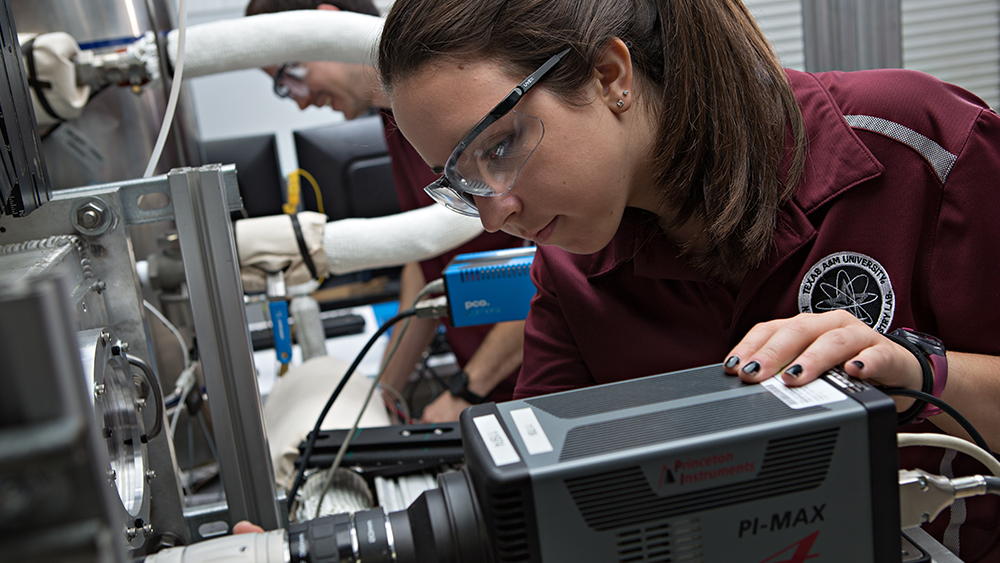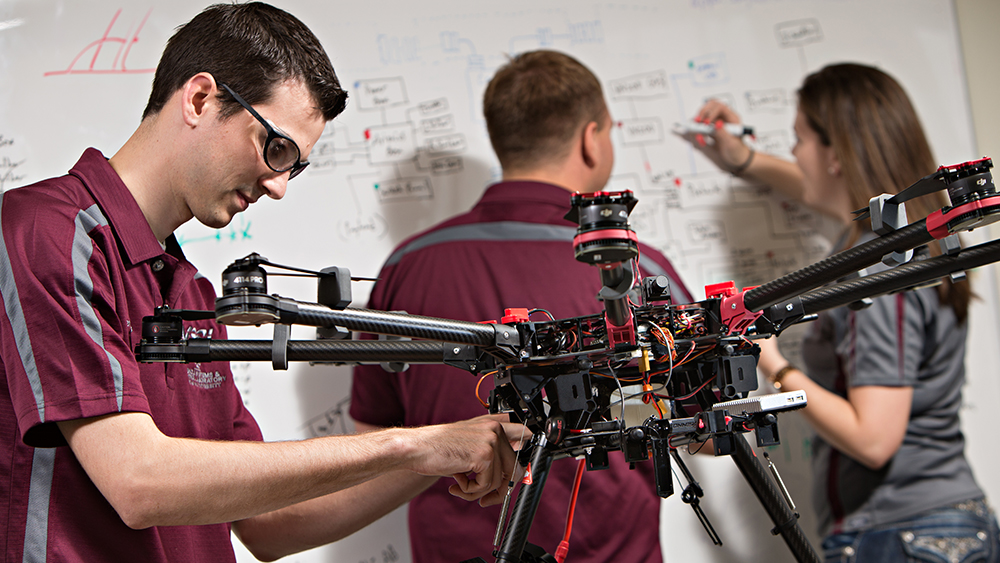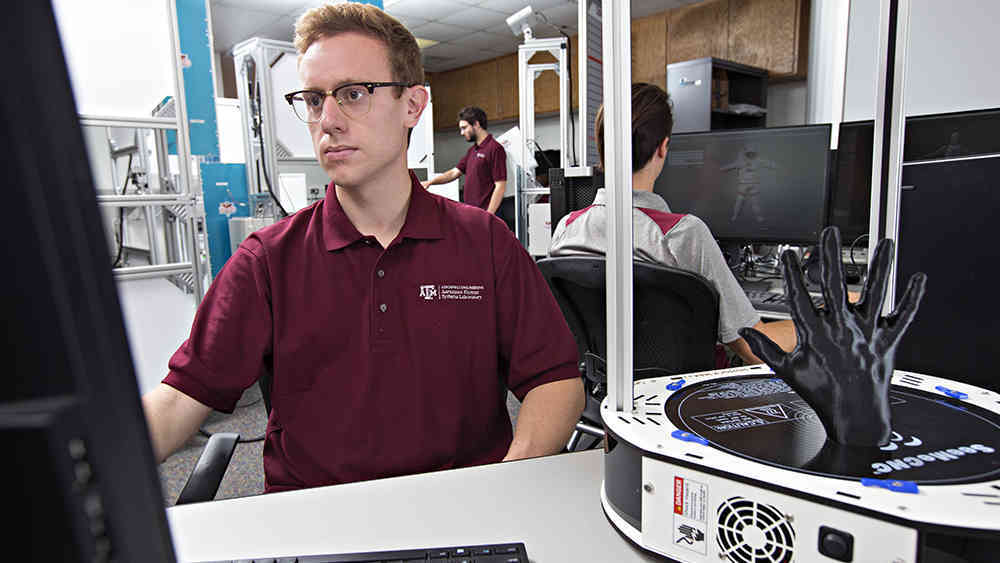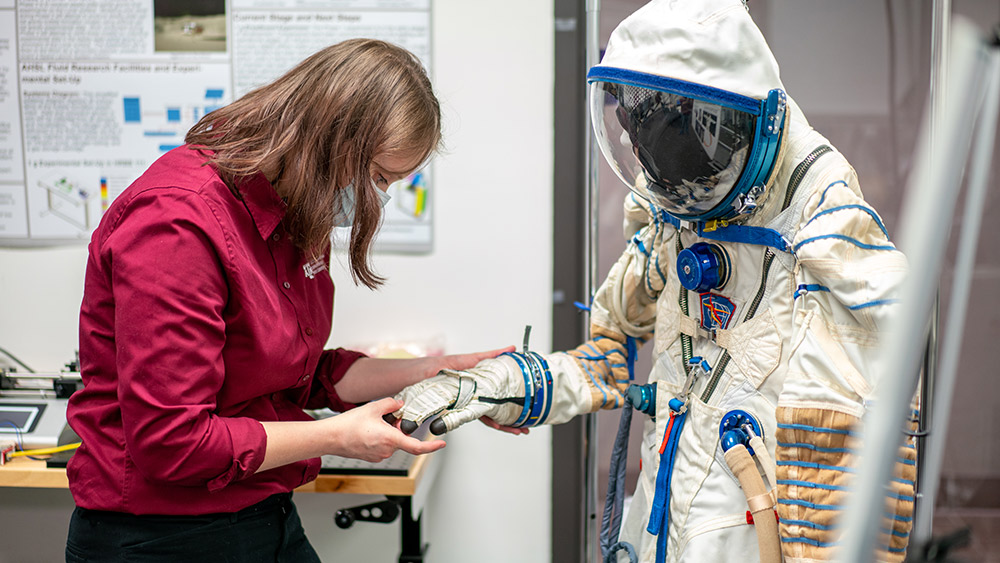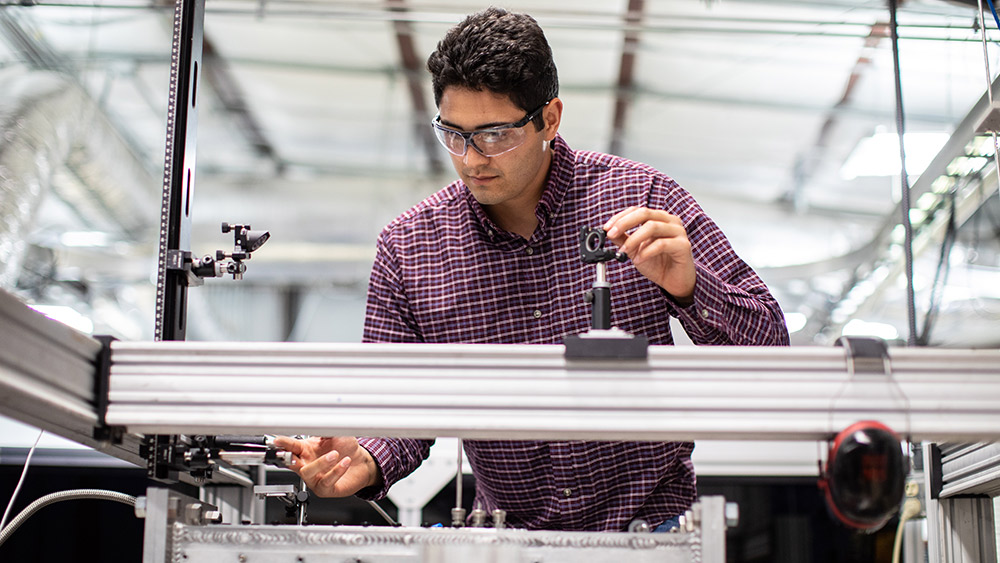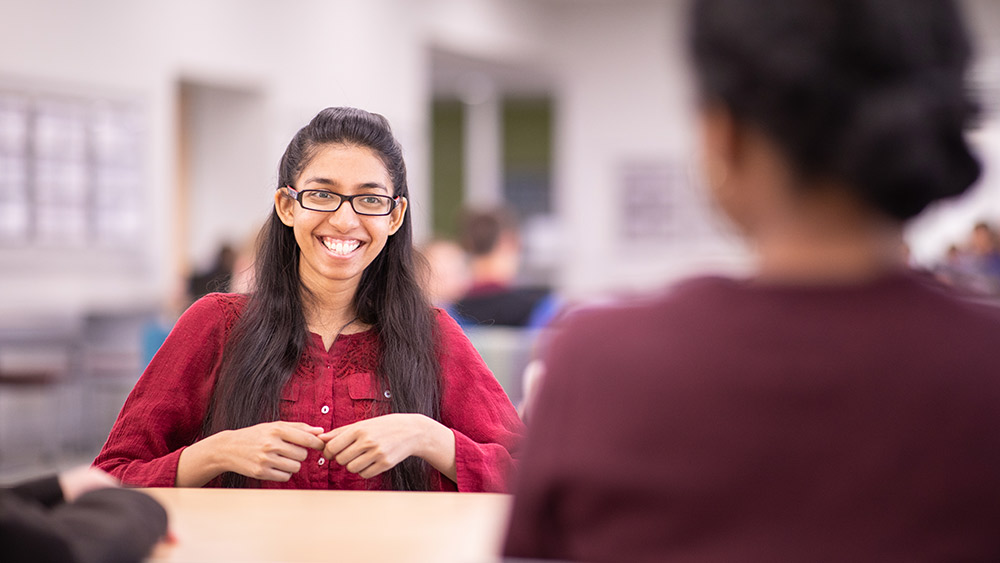Aerospace Engineering Academics
The Department of Aerospace Engineering at Texas A&M prepares students for new and continued successful careers by providing fundamental education, cutting-edge research experience, and a supportive academic community. Our undergraduate and graduate programs are ranked in the top 10 among public institutions by U.S. News & World Report.
Admissions and Aid

Degrees Offered
Undergraduate Degree Programs
Graduate Degree Programs
By the Numbers
More Facts and Figures
#6
among public institution undergraduate programs
731
enrolled undergraduate students
227
enrolled graduate students
